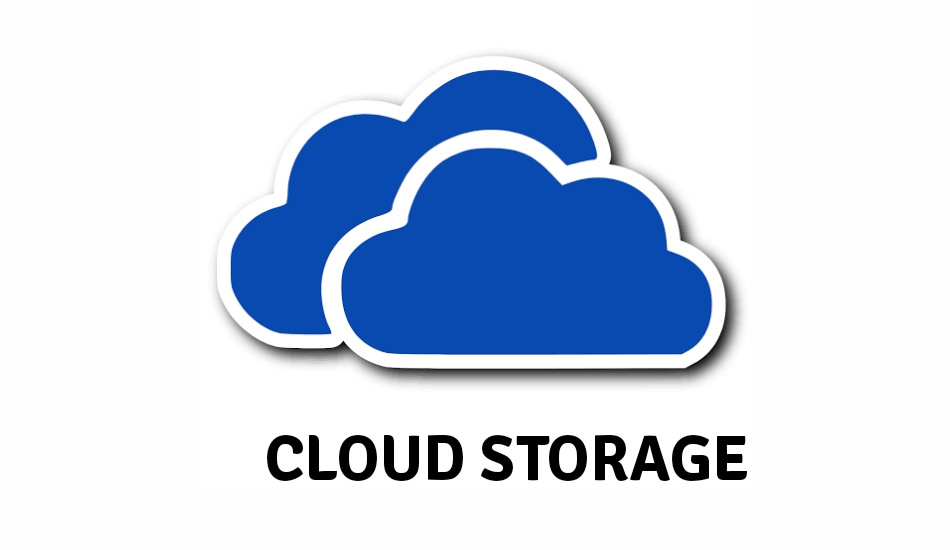Achieve Seamless Integration With Universal Cloud Solutions
In the fast-paced landscape of contemporary organization procedures, the quest for smooth integration with global cloud solutions stands out as a critical element for attaining business effectiveness and competitiveness. By exploring the intricate interaction in between cloud services and assimilation strategies, services can unlock a world of possibilities to maximize workflows, improve collaboration, and drive advancement.
Advantages of Universal Cloud Provider
Universal Cloud Providers supply a myriad of benefits for services looking for reliable and scalable remedies for their diverse electronic needs. By using cloud solutions, organizations can stay clear of the high costs connected with investing in and keeping physical servers.
One more benefit of Universal Cloud Services is improved adaptability and access. With cloud solutions, employees can access data and applications from anywhere with a web connection, making it possible for remote job and boosting performance. This access additionally cultivates cooperation amongst employee, no matter their physical area.
Moreover, cloud services provide robust protection features, securing sensitive business information from possible risks. Service carriers buy innovative safety measures, such as encryption and regular information backups, to make certain the integrity and discretion of info kept in the cloud. This degree of security offers satisfaction for businesses handling delicate information and governing compliance needs.
Trick Features for Assimilation Success
Carrying out successful combination of cloud solutions requires a strategic concentrate on key features that simplify procedures and enhance efficiency. One vital function is robust compatibility. Ensuring that the cloud services being incorporated work with existing systems and applications is crucial for seamless information circulation and performance. Scalability is an additional vital function. The integrated cloud services should have the ability to scale easily to suit altering organization requirements, whether it's a rise in data volume or individual website traffic. Protection is paramount. Executing strong protection measures such as encryption, access controls, and normal audits is important to secure sensitive data and maintain conformity.
Furthermore, automation capacities play a considerable duty in assimilation success. Automation enhances procedures, decreases hands-on errors, and enhances efficiency. Real-time data synchronization is also crucial. The ability to synchronize information throughout integrated cloud services immediately ensures that information is always up-to-date and precise. Monitoring and analytics features are important for tracking performance, determining concerns, and maximizing the incorporated cloud solutions for peak performance. By focusing on these vital attributes, companies can attain effective assimilation of universal cloud solutions.
Best Practices for Execution
To guarantee the successful integration of cloud solutions, adhering to finest practices for execution is necessary. Plainly define the objectives of the combination, determine the certain cloud solutions required, and establish a timeline for application.
Secondly, picking the best cloud service supplier is vital. Review possible providers based upon their credibility, safety measures, scalability, and compatibility with your existing systems. Conducting detailed study and seeking recommendations can help in making an educated choice.
Furthermore, focus on information safety throughout the execution process. Carry out encryption, accessibility controls, and regular protection audits to protect sensitive info. Furthermore, make certain correct training for employees to minimize dangers connected with human mistake.
Last but not least, preserve clear interaction networks with all included celebrations to deal with any concerns without delay and make certain a smooth assimilation procedure. Routinely review performance metrics to examine the effectiveness of the combination and make essential modifications. By following these ideal practices, organizations can simplify the application of cloud solutions and optimize their benefits.
Conquering Common Assimilation Obstacles
Addressing typical assimilation obstacles calls for a calculated strategy and aggressive analytic methods. Among the most widespread difficulties in cloud combination is ensuring compatibility between various systems and applications. This often entails dealing with disparate data styles, procedures, and safety requirements. To overcome this, organizations can utilize middleware services that act as intermediaries to facilitate communication between browse this site systems with differing requirements.
An additional common obstacle is managing the scalability of integrated systems. As data volumes change, it is vital to make integration frameworks that can dynamically readjust to fulfill changing needs. Scalability issues can be minimized by employing cloud-native modern technologies that use elastic resources and automated scaling capacities.
Safety issues likewise pose a substantial challenge in cloud combination. Securing delicate information throughout click to investigate transit and ensuring compliance with market guidelines are extremely important (universal cloud storage Service). Executing durable file encryption devices, gain access to controls, and regular safety and security audits can assist resolve these problems effectively
In addition, the complexity of incorporating legacy systems with modern-day cloud systems can offer obstacles. Heritage systems might do not have compatibility with contemporary combination procedures, needing specialized options or middleware to bridge the gap. By understanding and proactively resolving these common challenges, companies can achieve smooth integration with global cloud solutions.
Future Trends in Cloud Assimilation
Embracing innovative technologies and innovative methods is crucial for remaining ahead in the quickly developing landscape of cloud combination. Looking ahead, several future trends are established to form the way organizations come close to cloud integration.

Moreover, the growing focus on safety and security and compliance in cloud assimilation is anticipated to drive the growth of even more durable safety and security procedures and governance frameworks (universal cloud storage). Data personal privacy policies like GDPR and CCPA are pushing companies to focus on information defense in their assimilation approaches
Verdict
In verdict, accomplishing seamless assimilation with global cloud services is essential for organizations to maximize procedures and improve efficiency. By leveraging cost-effectiveness, versatility, and durable protection features, organizations can streamline data circulation, automate procedures, and ensure real-time synchronization. Focusing on scalability, compatibility, and safety steps in combination techniques will certainly enable services to conquer difficulties and remain in advance of future fads in cloud combination, driving efficiency and development in their procedures.
In the busy landscape of modern-day company operations, the pursuit for smooth combination check my reference with universal cloud solutions stands out as a vital element for accomplishing business effectiveness and competitiveness. By concentrating on these crucial functions, companies can accomplish effective assimilation of global cloud services.
By recognizing and proactively attending to these typical challenges, companies can achieve smooth integration with global cloud services.
